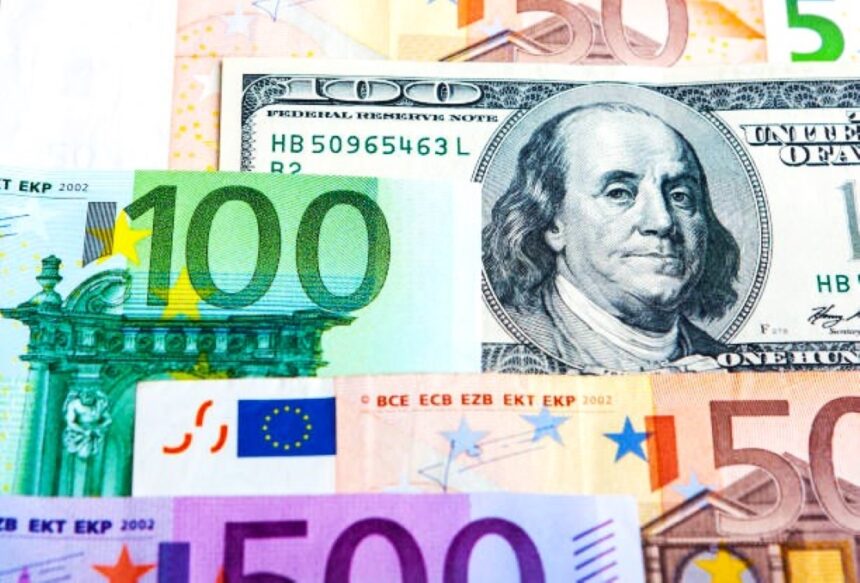The US dollar surged this past week, ending at its highest level as of the middle of February on last Friday. After early losses after the Fed’s denial of fresh risk of inflation
Highlights
The US consumer sentiment & inflation figures may influence predictions on a US Fed policy drop in the first half of 2024.
The rate of inflation data from Japan and Australia might have an impact on the RBA and Japan’s bank’s monetary aims.
Investors should pay focus on the bank’s remarks following the most recent batch of monetary policy decisions.
US dollar Analysis
Moving into the future, the following week’s focus on the US economic schedule. Which includes the publication of the main PCE deflator, the Federal Reserve’s preferred inflation indicator. Since many overseas markets closed for Easter weekend. The exact response to the info could not be fully revealed till Monday. With that, turbulence could still emerge owing to tight trading circumstances.
According to the next PCE reveal, its main index of prices index is expected to gain 0.3 percent on monthly basis. in Feb, keeping the yearly figure constant at 2.8 percent. Any outcome over this forecast could prove beneficial to the U.S. dollar. Since it may require American officials to be patient a little further until turning to a softer posture.
The Euro
On Tuesday afternoon Germany’s consumer climate statistics for Apr will affect buyer appetite affecting the EURUSD duo. New data from the Germany’s service industry showed a better economic climate. A boost in confidence among consumers may change the prospects for consumer expenditure as well as economic growth.
Next Thursday, the German economic status would yet again be under the limelight. Sales at retail and jobless numbers should be considered. A wider-than-projected drop in sales at retail and poorer job conditions in the market could reinforce betting for a June European central bank rate decrease.
Investors are going to paying particular interest on Friday to initial inflation data for Italy and France. The consumer pricing patterns that are lower than predicted may impact predictions on the inflation decrease in the month of June.
The GBP
Next Thursday, the completed fourth quarter GDP figures will impact consumer demand for the sterling. Nevertheless, the data are doubtful to influence BoE financial policy aims. The BoE’s latest interest rate statement and voting counts are expected to have an impact in the week that follows.
Catherine Mann, an official of the BoE’s monetary policies Group, is scheduled to talk on Mon. Opinions on price increases and the precise date of a UK bank rate drop might swing the needle.
The AUD
The month of March consumer mood figures are set to be widely discussed on Tue. A drop in confidence among consumers might boost expectations for an RBA rates decrease. Nevertheless, traders have to take into sections such as economic attitude. Along with the timing of purchasing a key home asset.
The Consumer Price Index Month Index (Wednesday) and Australia’s sales at retail numbers for Feb (Thursday). Are set to have an influence on the AUD. More rigid job markets plus an increase in consumer expenditure may promote driven by demand inflationary prices. Yet, pricing by consumer patterns should be considered.
In the month of March, the Reserve Bank of Australia took a less aggressive position on fiscal policy. Nevertheless, an increase in spending by households might alter the story.









